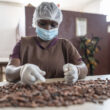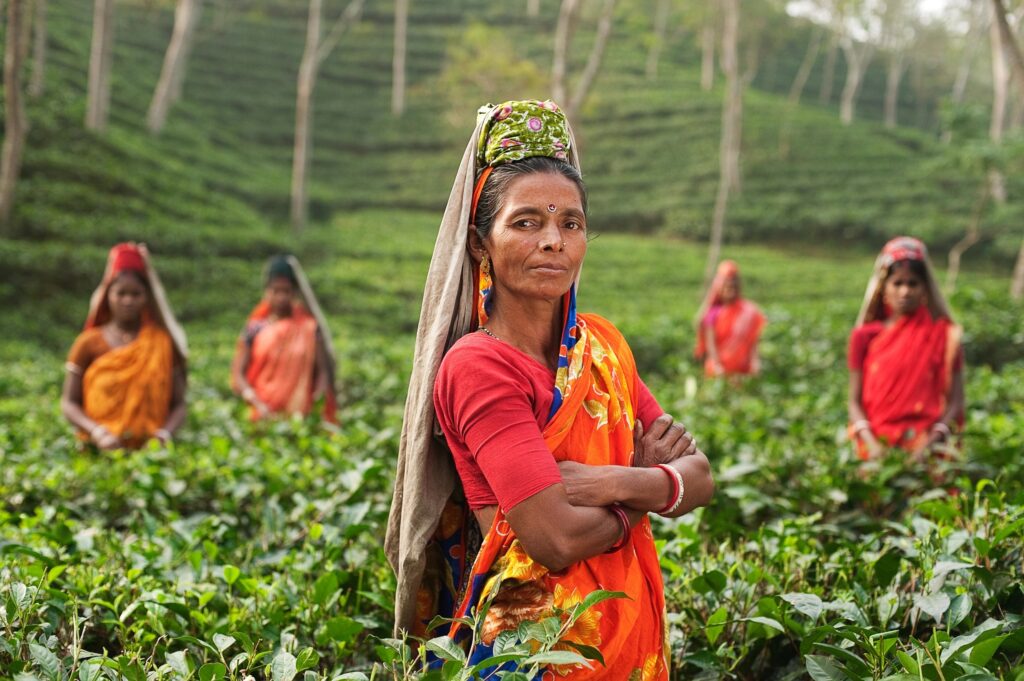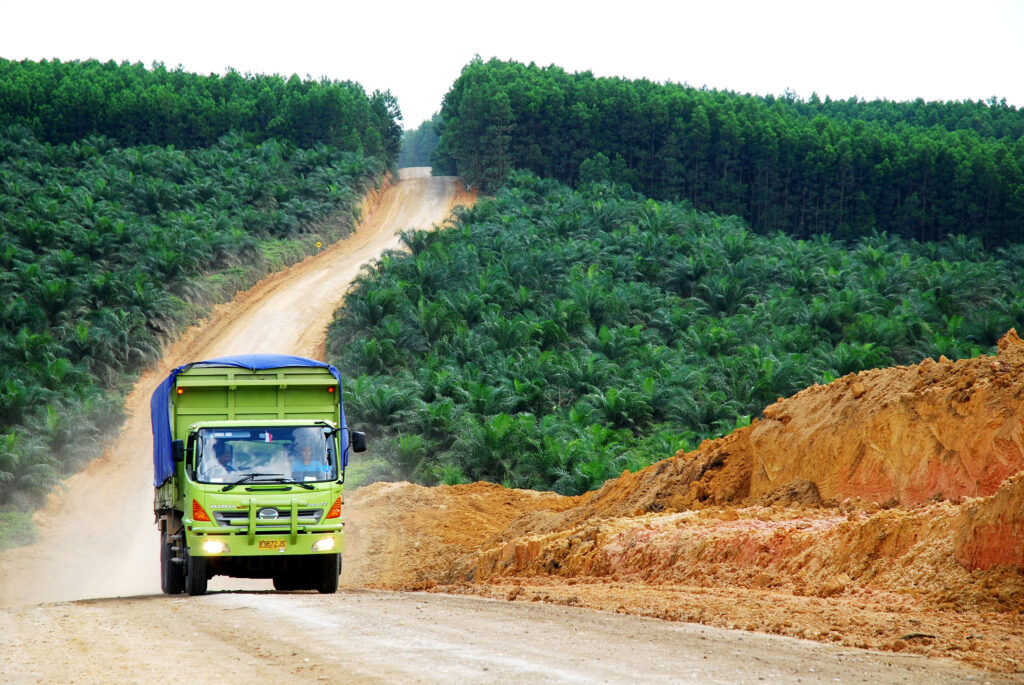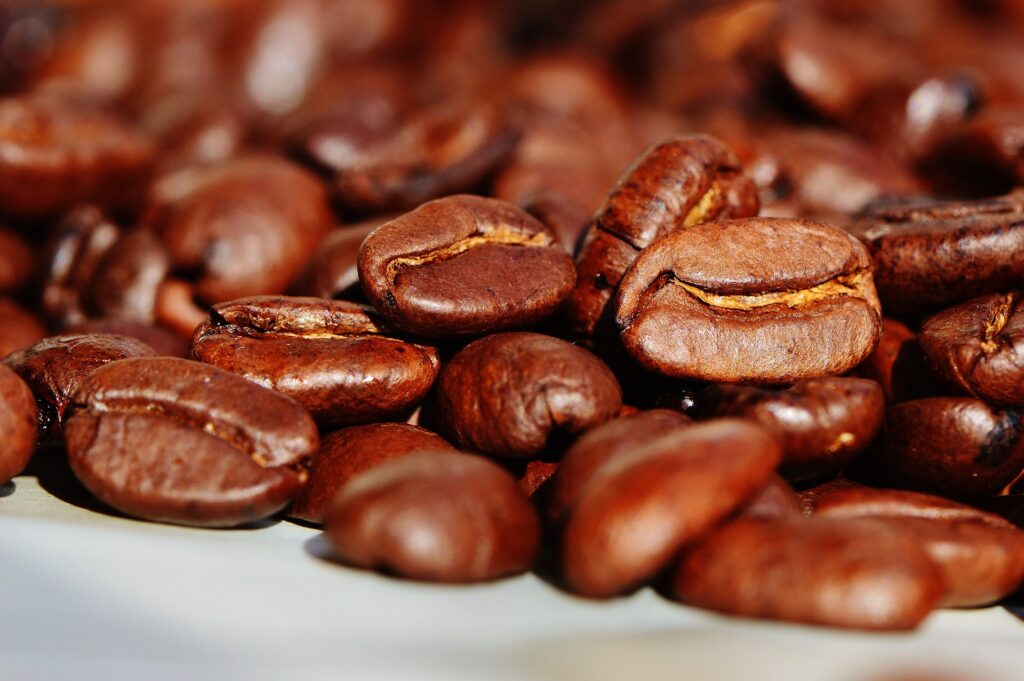Coffee has been a crop of great importance in Brazil as of the 18th century. The first coffee seedlings were introduced in the northern region of the country in 1727 and brought to Rio de Janeiro – in the southeast – in 1774. In the southeastern region, the soil and climate conditions favored the swift expansion of coffee plantations, which was driven by increasing demands in the United States and Europe.
The Nexus Between Coffee Production And Deforestation In Brazil.
By 1820, large-scale coffee farms had spread across Rio de Janeiro and São Paulo States. In the following years, the plantations reached Minas Gerais, Espiríto Santo, and the northern portion of Paraná. In 1840, Brazil became the world’s largest producer and exporter of coffee – a position the country still holds. As global and internal demands for coffee rose, large-scale coffee farms were also introduced in Bahia and Goiás States. In the early 1970s, the “great frost” damaged coffee plantations in Paraná, and a fungal disease ravaged farms in Bahia. As a consequence, coffee farms were implemented in the Amazon, particularly in the state of Rondônia.
The continuous expansion of coffee across valleys and hills of Brazil since the 18th century is intrinsically associated with deforestation in the Atlantic Forest, Cerrado, and Amazon biomes. Primary and secondary forests – as well as natural grasslands and shrubs – have been lost in this process. Besides the direct conversion of natural vegetation to croplands, augmented coffee production in Brazil has also driven the development of urban infrastructure, roadways, and railways, leading to land-cover change. Coffee-driven deforestation was particularly severe in the Atlantic Forest, especially in Rio de Janeiro, São Paulo, Minas Gerais, Espírito Santo and Paraná. Originally, the biome occupied roughly one million square kilometers (roughly four times the size of the Great Lakes); currently, only 12.4% of its natural vegetation remains standing as per SOS Mata Atlantica.
It was only in the 2000s that increases in productivity and the implementation of agroforestry systems favored a decrease in coffee-driven deforestation in Brazil (CONAB, 2020). Brazil’s National Policy on Climate Change (2009), the National Plans for Decreased Deforestation and Degradation in the Amazon (2004) and the Cerrado (2010), and the Atlantic Forest Law (Law 11.428, 2006) also helped to control deforestation in the country. Nonetheless, coffee-driven deforestation continues to take place in 2021. This is especially the case in MATOPIBA, a portion of the Cerrado known as Brazil’s last agricultural frontier.
Social-ecological Consequences Of Coffee-driven Deforestation In Brazil
Deforestation reduces plant and animal diversity, the latter by way of loss of habitats and disturbances in the equilibrium between predator and prey species. Especially in the Atlantic Forest, the conversion of forested areas to croplands has been driving many animals to extinction. Threatened animals include the giant anteater, golden lion tamarin, spider monkey, giant armadillo, blue macaw, maned wolf, ocelot, and tapir. Animals extinct in the wild comprise the glaucous macaw, Alagoas foliage-gleaner, the cryptic tree hunter, and the frog species Phyllomedusa Fimbriata.
The loss of vegetation also leads to decreased evapotranspiration – altering local precipitation patterns – and compromises water quality, morphology, and watershed hydrology. For example, Rio de Janeiro city faced severe water crises due to the coffee-driven removal of natural vegetation throughout the 19th century. Soil degradation and erosion also occur in deforested areas, as well as carbon dioxide (CO2) releases, contributing to global climate change.
Coffee-driven deforestation has also been causing social, cultural, and economic impacts, such as land grabbing, violent conflicts, and the further socioeconomic marginalization of powerless actors. Historically, incentives for the intensification of the coffee industry have greatly benefited (already powerful) large-scale producers at the expense of small, often poor farmers. Under these circumstances, rural inhabitants and communities across Brazil have been deprived of access to land and other natural resources, disrupting their socio-cultural practices and identities. This social divide is still present to date. Amidst the COVID-19 pandemic in 2020, a Brazilian coffee producer (Terra Forte) evicted the members of a quilombola (slave descendants) community from abandoned farmland they occupied for more than 20 years.
Case-study: From Coffee-driven Degradation To Coffee-driven Restoration
As mentioned above, coffee plantations were introduced in the Amazon in the early 1970s. The flourishing of the coffee industry in the Amazon basin was made possible due to scientific and technological advances. Nonetheless, deforestation was also associated with coffee production in the biome until the 2000s.
Rondônia concentrates 97% of Amazonian coffee plantations. Impacts on human and non-human life have assaulted this Federal State due to the expansion of coffee production, likewise in other regions of Brazil. In coffee farms across Rondônia, soil degradation and erosion are customary processes. Usually, when the soil quality decreases, the farmlands are abandoned and other areas are deforested to open space for new plantations. However, in 2012, small-scale coffee producers in Apuí, a municipality of Rondônia, discovered in agroforestry systems a way to promote ecological restoration and combat deforestation. Thanks to the development of the Apuí Café Agroflorestal, degraded soils are being restored, native trees are growing back and the clearing of new areas for coffee cultivation is not needed.
The agroforestry system that supports the production of the Apuí Café Agroflorestal is spread across 50 hectares and hosts diverse trees with high ecological and commercial values, such as mahogany, acai-berry, Brazilian nut, andiroba, and copaiba. The coffee beans are cultivated in the shadow of these species, following agroecological procedures. This means chemical (harmful) fertilizers and pesticides are not utilized. Currently, 30 families are producing the Apuí Café Agroflorestal, but there is a great potential for agroforestry systems to expand and for more families to be involved. As such, the benefits of the implementation of “coffee forests” include socioeconomic and cultural dimensions as well.
The Apuí case thus emphasizes that an activity that has driven severe social-ecological disturbances in Brazil can also mitigate such impacts and promote more sustainable paths of development. The creation of policies aimed at supporting agroforestry systems and ethical partnerships between agroforestry farmers and governmental and non-governmental actors can help to upscale this successful case.
References
Companhia Nacional de Abastecimento (CONAB), 2020. Informações Agropecuárias.[Accessed in 13/05/2021].
SOS Mata Atlântica. Restam apenas 12,4% da floresta que existia originalmente [WWW Document], n.d. / [Accessed in 13/05/2021].












